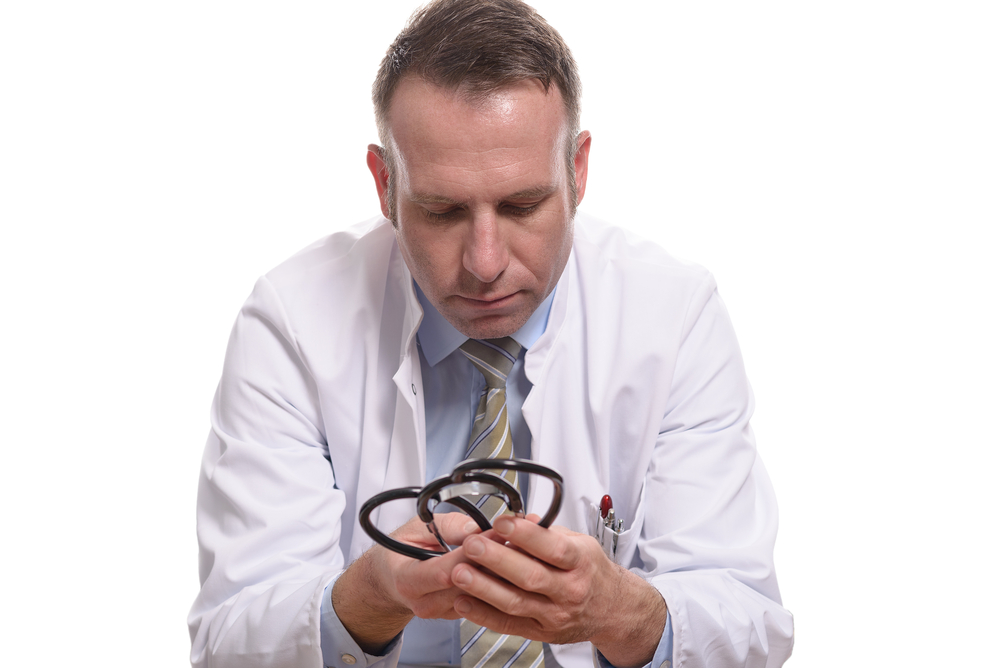Medical malpractice claims are a significant cost to doctors and health organizations, which is why several organizations analyze data for insights to help address these risks. Aon and The American Society for Health Care Risk Management (ASHRM) recently released its 20th Aon/ ASHRM Hospital and Physician Professional Liability Benchmark Analysis. The study provides health care risk managers with a better understanding of their cost of risk compared to an industry benchmark so they can develop proactive strategies to reduce costs and improve outcomes. The report gathers data from more than 127 healthcare systems and 105,000 claims to predict 2020 liability. While intended for health care providers, medical malpractice attorneys can also gain insights into how providers differ in their risk management practices, which can affect patient care and lead to more claims.
Some key highlights from the report include the following:
Total claims and losses. While the number of claims filed against hospitals and physicians is expected to remain the same, claim severity, including defense costs, is projected to increase 2 percent annually. Furthermore, the rate of losses greater than $5 million will continue to increase. This data is important because it indicates that while doctors and hospitals are managing to keep the number of claims relatively stable, the actions themselves are generating higher verdicts. Plaintiff attorneys should be concerned that this may lead to more states instituting damage caps in medical malpractice cases, while defense teams must remain cognizant that epic awards will continue to pose real and increasing levels of risk. Complaints about increasing verdicts have driven many states to limit damages, despite conflicting research about whether malpractice payouts are driving higher insurance rates.
Highest claims. Not surprisingly, claims related to labor and delivery continue to be significantly more severe than claims related to other allegations. Obstetric litigation is common, arising whenever there is a poor or unexpected fetal outcome. Typical allegations include failure to properly monitor the patient and fetus, failure to recognize signs of fetal distress, failure to perform delivery in a timely fashion, and failure to convert to a Cesarean section to avoid undue fetal distress. Since these actions involve newborns, claims often result in a sympathetic and generous jury.
Rising claims. Health care organizations and attorneys should be mindful of liability arising from the use of Physician Assistants (PA) and Nurse Practitioners (NP). According to the study, while PAs and NPs have a small impact on overall medical malpractice claims, they are involved in higher-severity cases, involving diagnosis-related or communication failures. The significant growth in the use of PAs and NPs in recent years means claims are likely to continue to increase.
Physician Assistants are medical professionals responsible for evaluating, diagnosing, and treating patients in almost every specialty. Most malpractice litigation relating to Physician Assistants involves poor outcomes arising from inadequate supervision by a physician, or deviation from the standard of care within the scope of practice of a PA. The U.S. Department of Labor reports that employment of physician assistants is projected to grow 31 percent from 2018 to 2028. The number of Nurse Practitioners is also growing. According to the 2018 National Nurse Practitioner Sample Survey, the number of NPs grew 9% from the previous year (from an estimated 248,000 to 270,000) and has more than doubled since 2007 (120,000 to 248,000). NPs are licensed professionals providing primary, acute and specialty health care to patients in hospitals, clinics, urgent care, private practice, and health centers.
The study has several takeaways for those involved with medical malpractice claims. Health care organizations and doctors need to analyze their risk areas and implement strong policies and oversight to reduce risks and improve patient care. Even if good policies and procedures are in place, when claims arise, medical malpractice attorneys must identify where lapses may have occurred to prove their case. Medical malpractice claims are unique and often complicated by multiple factors. As a result, they often turn on the testimony of expert witnesses who can discuss the relevant standards of care, issues of causation and damages.
Whether you need to prove or defend against a medical malpractice claim, Elite Medical Experts can help you secure nationally recognized university healthcare experts for all types of medical litigation and complex consulting matters. Contact us today for a consultation.

